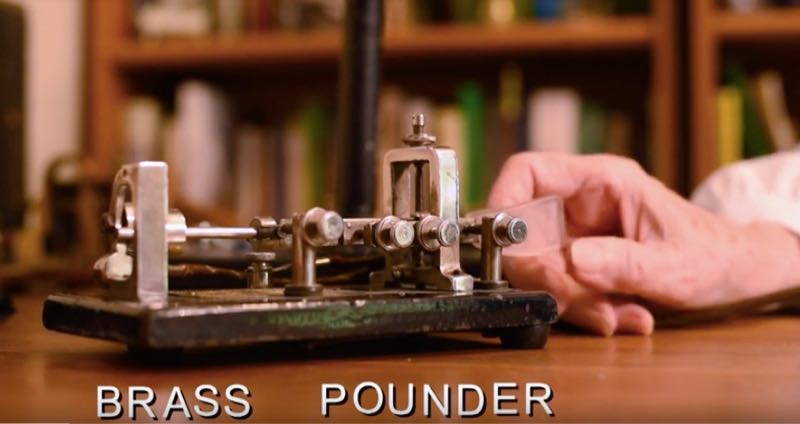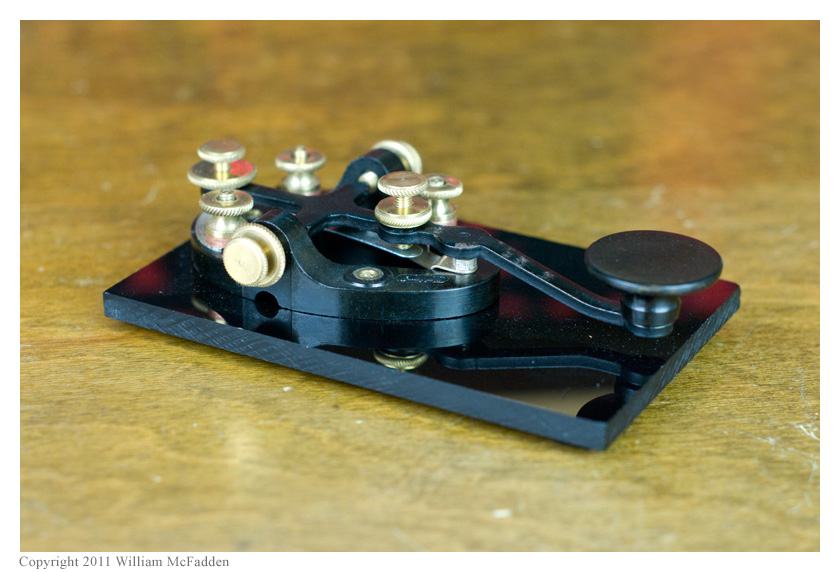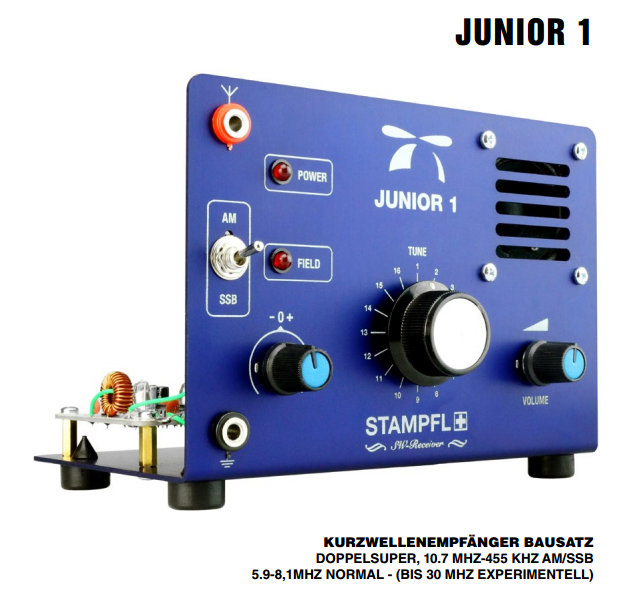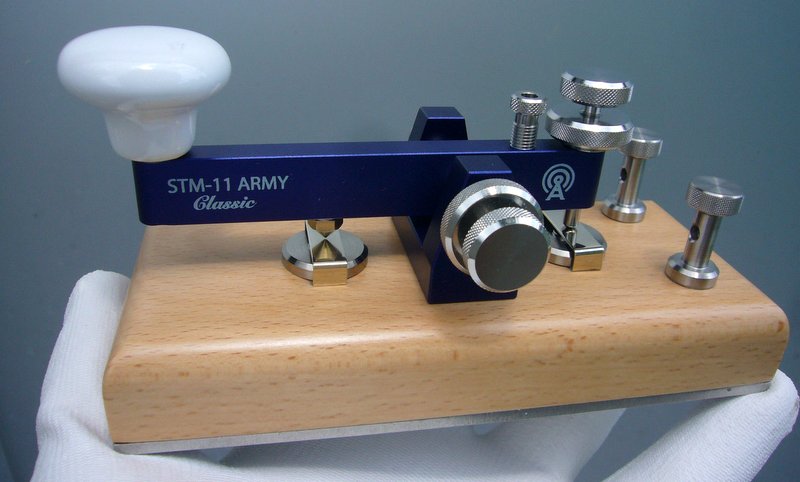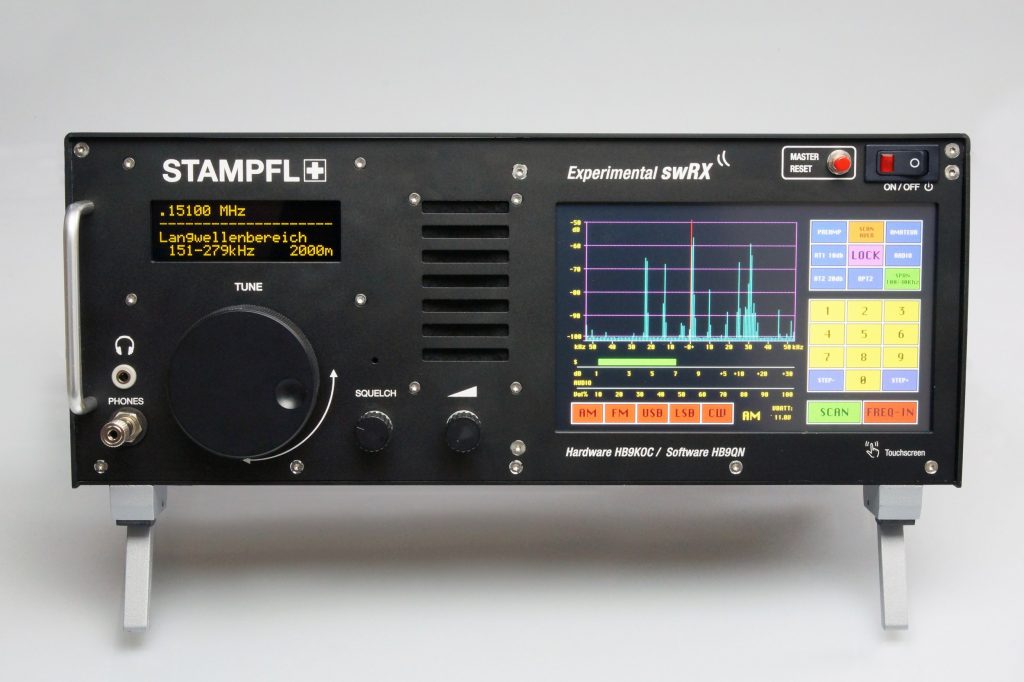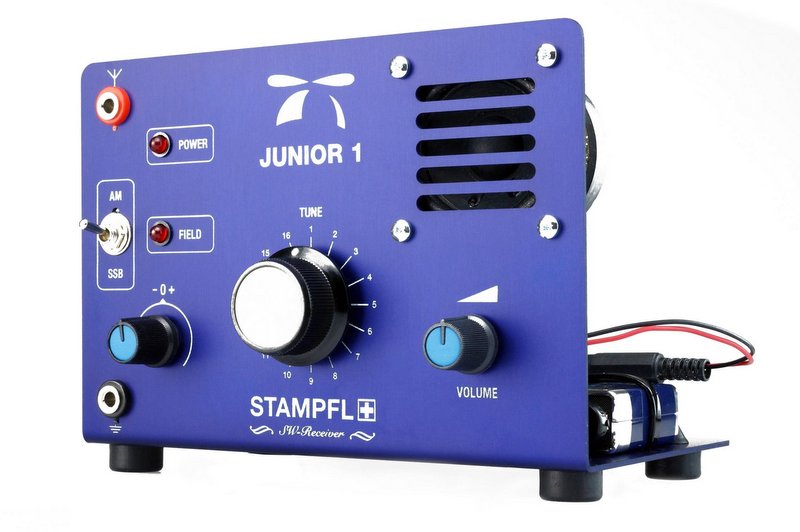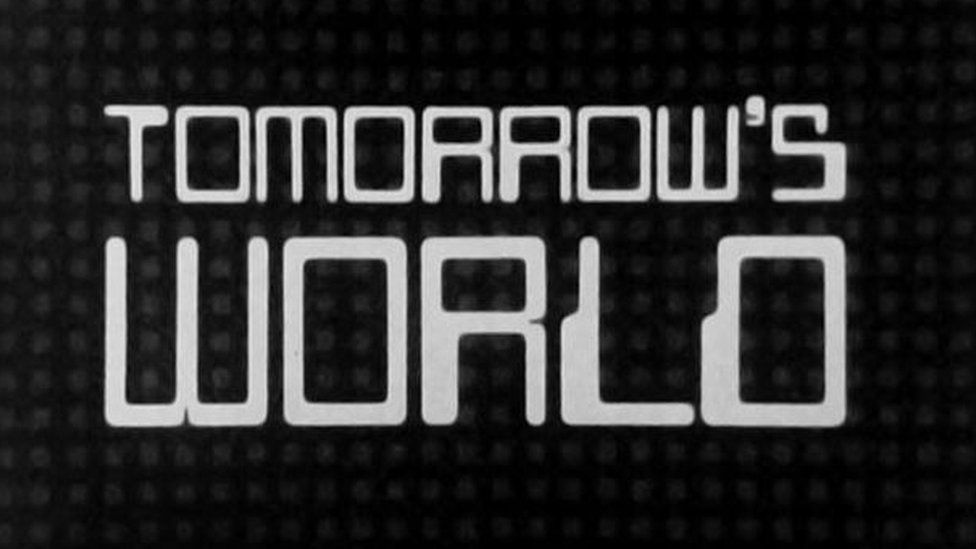 Many thanks to SWLing Post contributor, Dennis Dura, for sharing the following video:
Many thanks to SWLing Post contributor, Dennis Dura, for sharing the following video:
Tag Archives: Morse Code
Lavina Shaw: History of a Canadian railway brass pounder
Many thanks to SWLing Post contributor, Eric McFadden (WD8RIF) who shares the following post by James Wade (WB8SIW) from the QRZ.com forums:
The CBC recently interviewed Lavina Shaw, Past International President of the Morse Telegraph Club. In this biographical documentary, Lavina talks about her experiences working as a railroad and commercial telegrapher as well as her experiences as a woman working in a man’s world. Like many telegraphers of her era, Lavina had a front-row seat to history.
In addition to railroad and commercial operations (telegrams, cablegrams), the telegraph was widely used in a variety of applications such as stock brokerage operations, commodities and board of trade work, press operations, and so forth. Even the telephone company used Morse telegraphy extensively for its internal operations well into the post war era.
Radio amateurs in general, and CW operators in particular, will undoubtedly find this video interesting, not just for the human interest content, but for its insights into the antecedents of radiotelegraphy.
The Morse Telegraph Club is a non-profit historical and educational association dedicated to preserving the history and traditions of telegraphy and the telegraph industry. MTC members and chapters demonstrate telegraphy at historical events, design and construct historically correct museum exhibits and conduct presentations on the history of telegraphy. MTC also publishes an excellent quarterly journal entitled “Dots and Dashes, which includes articles on telegraph history and first-person accounts of telegraph industry employees.
Click here to view on YouTube.
For more information on MTC membership, please contact James Wades (WB8SIW).
Thanks, Eric, for sharing this fascinating piece about Lavina Shaw!
Smithsonian: Morse Code Celebrates 175 Years and Counting
Many thanks to a number of SWLing Post readers who shared the following article from the Smithsonian Magazine:
The first message sent by Morse code’s dots and dashes across a long distance traveled from Washington, D.C., to Baltimore on Friday, May 24, 1844 – 175 years ago. It signaled the first time in human history that complex thoughts could be communicated at long distances almost instantaneously. Until then, people had to have face-to-face conversations; send coded messages through drums, smoke signals and semaphore systems; or read printed words.
Thanks to Samuel F.B. Morse, communication changed rapidly, and has been changing ever faster since. He invented the electric telegraph in 1832. It took six more years for him to standardize a code for communicating over telegraph wires. In 1843, Congress gave him US$30,000 to string wires between the nation’s capital and nearby Baltimore. When the line was completed, he conducted a public demonstration of long-distance communication.
Morse wasn’t the only one working to develop a means of communicating over the telegraph, but his is the one that has survived. The wires, magnets and keys used in the initial demonstration have given way to smartphones’ on-screen keyboards, but Morse code has remained fundamentally the same, and is still – perhaps surprisingly – relevant in the 21st century. Although I have learned, and relearned, it many times as a Boy Scout, an amateur radio operator and a pilot, I continue to admire it and strive to master it.[…]
Click here to continue reading the full article at the Smithsonian online.
Atlas Obscura features KPH Maritime Radio Receiving Station
(Source: Atlas Obscura via Eric McFadden)
One of the most stunning sights of the Bay Area is the historic KPH Radio Station, also known as Marine Coast Station KPH. To reach the station, you must first pass through a clerestory tunnel of cypress trees near the Point Reyes National Seashore.[…]
KPH began providing Morse Code telegram service to ships at sea in the early 20th century, broadcasting from the Palace Hotel in San Francisco (where the station gets its PH call sign). The 1906 earthquake forced the station to move until it was eventually acquired by the Radio Corporation of America (RCA) and found its home in Marin County. The Receiving Station is a classic white Art Deco structure built in 1920. The transmitters themselves, in nearby Bolinas, are a similar style.
At the time, there were dozens of stations like KPH around the United States, though KPH was one of the biggest, sometimes referred to as “the wireless giant of the Pacific.” When the station fell into disuse, land contractors were set to demolish it, including its antennas, to build condominiums. But Globe Wireless acquired the site in 1997 and it was left untouched.[…]
Bruce discovers a bit of Morse Code in “Picnic At Hanging Rock”
Many thanks to SWLing Post contributor, Bruce Fisher, who writes:
I recorded this short piece of the soundtrack from the 3rd episode of the Picnic at Hanging Rock mini series– it’s being used as a part of the music to an eerie scene, and there is no telegraph or radio related visual corresponding to it. It certainly sounds like Morse Code to me, but I haven’t decoded it. Anyone?
(If you can’t see the embedded player above, click here to listen.)
Many thanks, Bruce! You certainly have sharp ears and are correct in assuming this is Morse Code. The spacing and cadence are a little awkward and jittery, however. I did a decode myself, but I’m curious what others might have heard.
Post readers: Please comment with what you heard in this code!
Morse code safety shoes are a thing…
 Many thanks to SWLing Post contributors, Richard Langley and Robert Gulley, who shares this news item from the BBC:
Many thanks to SWLing Post contributors, Richard Langley and Robert Gulley, who shares this news item from the BBC:
Morse code shoes send toe tapping texts at MWC 2018
A pair of smart shoes has been created to let industrial workers keep in touch via toe-typed coded messages.
The footwear was inspired by Morse code, but made possible by the latest communication technologies.
BBC technology correspondent Rory Cellan-Jones meets the firm responsible at the Mobile World Congress in Barcelona.
Stampfl products on eBay
This morning, I noticed that the Swiss radio and Morse key manufacturer, Stampfl, is selling some of their products on eBay.
In particular, they’ve listed the Junior 1 shortwave radio receiver kit (above) and the STM-11 Classic Morse Code straight key (below).
Stampfl was founded by Heinz Stampfl (HB9KOC)–I’ve been following his work the past few years, especially fascinated with his SDR designs which are (sadly) only experimental and have never been put into production.
I’m particularly fascinated with the MICRO SWRX:
And the EXPERIMENTAL SWRX:
I’ve written Heinz more than once encouraging him to put these on the market. Of course, it’s an easy request coming from a consumer who doesn’t have to front the production costs and inherent overhead!
Heinz, if you’re reading this, why not do a Kickstarter campaign for one of your fine SDR designs?!
The Junior 1 receiver kit
The Stampfl Junior 1 shortwave receiver kit looks like a lot of fun not only to operate, but also to build and I’m sorely tempted to purchase one!
Here’s a video of the Junior 1 in action:
Click here to view on YouTube.
Click here to download the Junior 1 manual.
The Junior 1 is listed as an auction on eBay with a starting bid of $50 with $25 Economy Shipping to the US. The BuyItNow price is $70.
I think $95 US shipped is a fair price for what looks like a fascinating little receiver kit designed by an (obviously) talented engineer.
Post readers: Have any of you built the Junior 1 or purchased any of Stampfl’s Morse Code keys? Please comment!

